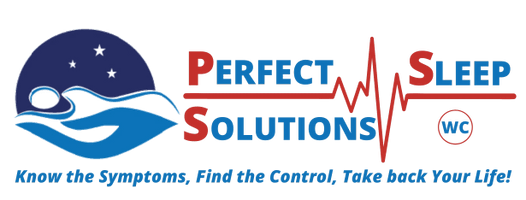WHY TREATING MILD OSA WITH CPAP IS EFFECTIVE
A common clinical dilemma faced by physicians is in deciding the level of severity at which patients with obstructive sleep apnea (OSA) should be treated. There is particular uncertainty about the need for, and the effectiveness of CPAP therapy as treatment in mild cases.
An important question is whether CPAP treatment improves cardiovascular outcomes in patients with mild to moderate OSA. A trend toward higher cardiovascular risk has been repeatedly demonstrated in patients with mild-moderate OSA.
Although many studies have addressed patients with severe OSA, more recent evidence from epidemiologic studies suggests that subjects either even mild sleep breathing abnormalities (apnea-Hypopnea index [AHI] <15, may have associated hypertension, neurocognitive deficits, and increased motor vehicle accidents (1)
Three randomized controlled trials indicate that there is improvement in some areas of neurobehavioral function and self-reported symptoms, but improvements in other objective measurements, such as sleep latency in the Multiple Sleep Latency Test (MSLT) and maintenance of wakefulness tests have not been shown yet.
the main new finding is the observational study is that CPAP therapy was associated with a significant decrease in cardiovascular events even in mild to moderate forms of the disease of OSA.
OSA treatment is associated with a marked cardiovascular risk reduction of at least 38% (upper end of 95% CI) independent from age, gender, and pre-existing cardiovascular comorbidities. As a component of primary or secondary prevention, OA therapy should be considered even in mild forms of OSA.
Besides the cardiovascular benefits found when treating Mild OSA patients with CPAP Therapy there is also clear evidence for the benefit of treating those patients either upper airway resistance syndrome or UARS. there is a growing body of evidence that even partial obstruction is a clinically significate form of SDB, associated with symptoms and co-morbidities which may partially differ from those associated with OSAS. Partial upper airway obstruction is most prevalent in women, and its treatable with nasal continuous positive airway pressure with good adherence to therapy. Partial upper airway obstruction should not be considered as simple snoring or mild OSA, partial upper airway obstruction even in the absence of episodes of apnea or Hypopnea, highly predicts good CPAP adherence and efficient relief of symptoms with nasal CPAP Therapy.
An AHI of more then five per hour is considered significant for diagnosis of OSA, but often higher AHI is required for initiation of CPAP therapy. Sleep patients with low AHI, with non-apneic snoring should not be overlooked. Considering increased fatigue in patients especially women with OSA despite low or normal AHI, it has been suggested that treatment should be considered in symptomatic patients with snoring or partial upper airway obstruction even if AHI is low.
Patient complaints of fatigue, tiredness, and lack of energy, like sleepiness, can improve substantially with good adherence to PAP for obstructive sleep apnea.
